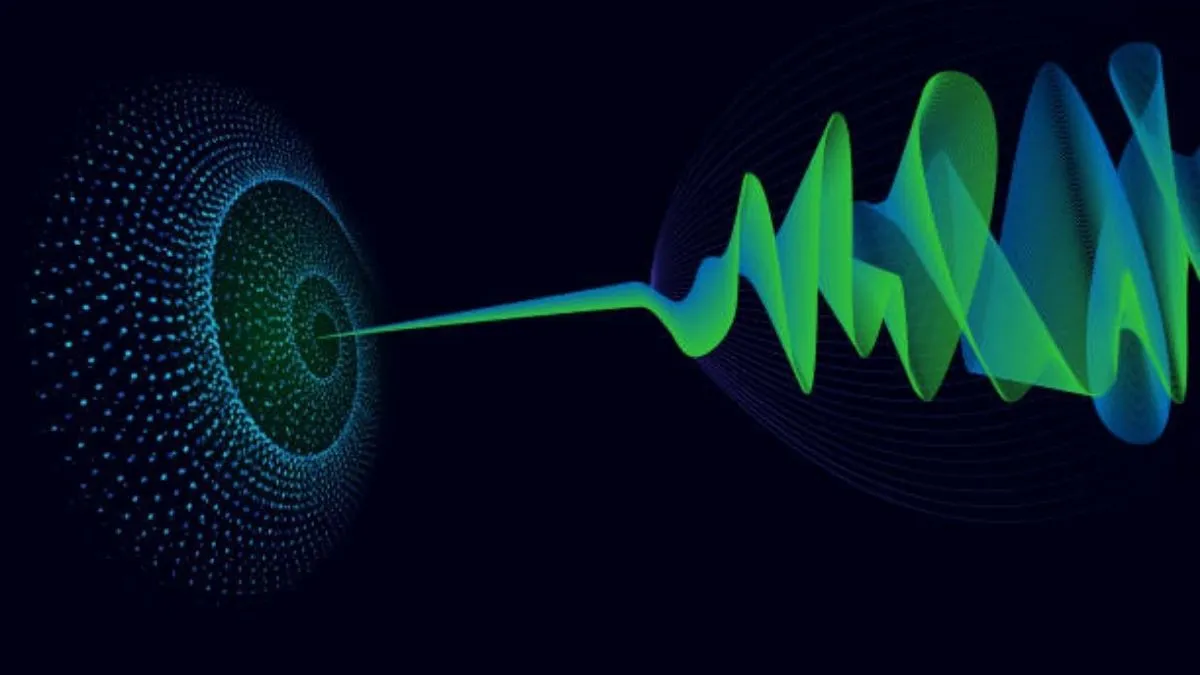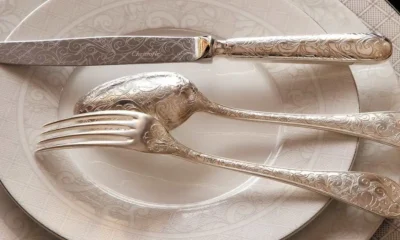TIPS
Pulsed vs. Continuous Wave: Choosing the Right Laser for Your Cleaning Application

When selecting a laser cleaning system, one of the most critical decisions involves choosing between a pulsed laser and a continuous wave (CW) laser. While both technologies effectively remove contaminants, they operate on fundamentally different principles, making each suited for very different tasks. Understanding these differences is key to investing in the right equipment that will deliver optimal performance, efficiency, and return on investment for your specific industrial needs.
This article provides a clear comparison of pulsed and continuous wave laser systems, outlining their mechanisms, advantages, and ideal use cases to help you make an informed decision.
Table of Contents
Understanding Continuous Wave (CW) Lasers
A continuous wave (CW) laser emits a constant, uninterrupted beam of light energy. This process removes contaminants primarily through thermal interaction; the beam rapidly heats the surface layer, causing the contaminants to burn off or vaporize.
Advantages:
- High Average Power & Speed: CW lasers can deliver very high average power, making them exceptionally fast for cleaning large, flat, and thick metal surfaces where speed is the primary concern.
- Cost-Effectiveness: Generally, CW laser systems are less complex to build than high-power pulsed lasers. This often translates into a lower initial investment, which is a significant factor when considering the overall cost of a laser rust removal machine.
Limitations:
- High Heat Input: The primary drawback of CW lasers is the significant amount of heat transferred to the substrate. This can lead to thermal damage, warping, or metallurgical changes in the base material, making it unsuitable for thin, heat-sensitive, or high-precision components.
The Power of Pulsed Lasers
Pulsed lasers, in contrast, deliver energy in a series of short, high-intensity bursts. These pulses have extremely high peak power (often in the megawatt range) but a very short duration (nanoseconds). This creates a photothermal ablation effect, where the contaminant layer is instantly vaporized by the intense energy, creating a micro-plasma burst that carries the particles away from the surface.
Advantages:
- Low Heat Input & High Precision: Because the energy is delivered in quick bursts, there is very little time for heat to transfer to the underlying material. This makes pulsed lasers exceptionally precise and safe for delicate, thin, or heat-sensitive substrates. This precision is critical for precision cleaning applications for industrial molds, where the surface integrity cannot be compromised.
- Non-Damaging Process: The ablation mechanism effectively removes contaminants without melting or altering the substrate. This aligns with the fundamental advantages of laser rust removal, which prioritize cleaning without causing any damage to the component itself.
Limitations:
- Slower on Large Surfaces: While highly effective, the pulse-by-pulse removal process can be slower than CW lasers when covering very large, non-sensitive areas.
Application Guide: Which Laser is Right for You?
Choosing between CW and pulsed lasers comes down to the specific requirements of your application.
Choose a Continuous Wave (CW) Laser if:
- Your primary need is high-speed cleaning of large, thick steel structures (e.g., ship hulls, pipelines, thick plate rust).
- The substrate is not sensitive to heat.
- Initial equipment cost is the most critical deciding factor.
Choose a Pulsed Laser if:
- You need to clean delicate, thin, or heat-sensitive materials.
- Precision and maintaining the integrity of the substrate are non-negotiable (e.g., molds, aerospace components, historical restoration).
- Your application requires selective material removal, such as precise paint stripping.
In conclusion, both technologies have their place in modern industry. While CW lasers offer a fast and cost-effective solution for heavy-duty, non-sensitive applications, pulsed lasers provide the precision, safety, and control required for high-value and delicate cleaning tasks.
-

 GENERAL5 months ago
GENERAL5 months agoChristofle – For Those Who Dream of Family Heirloom Silver
-

 SPORTS7 months ago
SPORTS7 months agoDiscover the World of Football with Streameast: Watch Your Favorite Leagues and Tournaments
-

 GENERAL4 months ago
GENERAL4 months agoUncovering the World of кинокрадко: The Dark Side of Film Piracy
-

 GENERAL2 months ago
GENERAL2 months agoATFBooru: Anime, Gaming, and Subculture Imageboard























